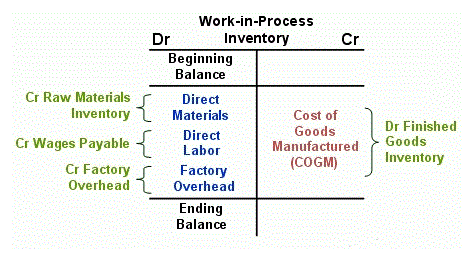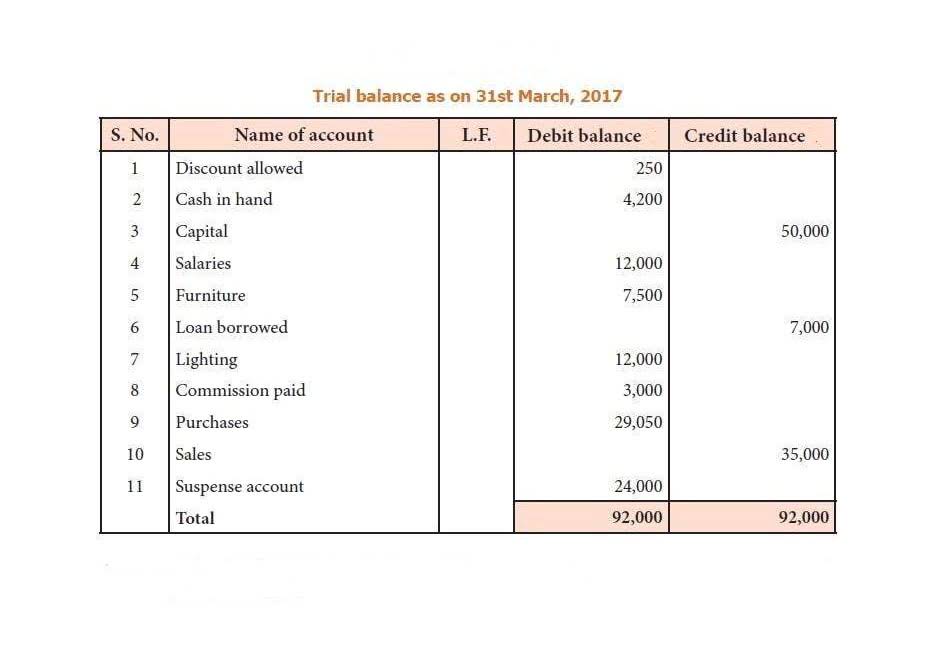FOB is the most common agreement between an international buyer and seller when shipping cargo via sea. Managing freight delivery with FOB Shipping Point and FOB Destination requires careful planning and attention to detail. Best practices include properly packaging the goods, selecting qualified carriers, and communicating openly with buyers or sellers throughout the transportation process.
FCA (Free Carrier) Incoterms® 2020 Rule
Even those in the shipping industry with knowledge of freight shipping terminology often are confused as to the true meaning. If you are new to purchasing FOB from China, it will be beneficial for you to understand the overall shipping process and what to expect when you begin communicating with Chinese suppliers in your next production. In 1989 he started his own business as an independent consultant and educator assisting exporters and importers in the “back office” side of their businesses. In all, he has directly controlled and co-ordinated many tens of thousands of shipments of a very wide variety of products coming and going all round the world.
What is the significance of FOB Shipping Point and FOB Destination?
If the terms include “FOB origin, freight prepaid,” the buyer is responsible for the goods at the point of origin, but the seller pays the transportation costs. In the Incoterms® 2020 rules, as in previous versions, FOB requires the seller to place the goods on board the vessel nominated by the buyer. “On board” is no longer defined as placing the goods “across the ship’s rail” and, in fact, is not defined any further as it will be a matter for the contract to specify depending on the nature of the goods. However, the buyer incurs the cost and risk of transportation once the goods leave the shipping point.
- Additionally, if the goods are damaged in transit, the seller is responsible for replacing them at their own expense.
- From a practical perspective, recognition of receipt is instead completed at the receiving dock of the buyer.
- The buyer must contract for carriage from the port of shipment, except if it is agreed that the seller makes the contract of carriage as described in A4.
- With the FOB shipping point option, buyers have increased control over the transportation process.
- This transfer of ownership at the shipping point means the seller is no longer responsible for the goods during transit.
Minimizes seller’s risk after shipment
For example, if the goods are perishable or require special handling, the buyer may not be able to take possession of them at the shipping point, which could lead to additional costs or complications. Additionally, if the buyer is located far away from the shipping point, they may incur significant transportation costs to pick up the goods, which could offset any savings from reduced shipping costs. As such, FOB shipping means that the supplier retains ownership and responsibility for the goods until they are loaded ‘on board’ a shipping vessel.
If the buyer requests it, the seller (at the buyer’s risk and cost) must provide the buyer with any information known by the seller, including transport-related security requirements, that the buyer needs to arrange carriage. The contract should lay out very specifically what is required of the seller and limit their liability if they are to be declared as the shipper or consignor. Depending on the agreement with your supplier, your goods may be considered delivered at any point between the port of destination and your final delivery address.
Anytime a quotation includes FOB, it means the seller confirms this responsibility. F.O.B. shipping point is commonly used in industries such as manufacturing, what is f.o.b. shipping point retail, and e-commerce. In the manufacturing industry, F.O.B. shipping point is used to reduce shipping costs and minimize lead times.
- Finance Strategists has an advertising relationship with some of the companies included on this website.
- Any ambiguity or lack of clarity in the contract may lead to legal disputes and financial losses.
- Assume a fitness equipment manufacturer receives an order for 20 treadmills from a newly opened gym located across the country.
- For buyers, FOB, especially the FOB Shipping Point, presents an opportunity to exert more control over the shipping process.
- For example, assume Company XYZ in the U.S. buys computers from a supplier in China and signs a FOB destination agreement.
- Cost, Insurance, Freight (CIF) puts the liability of payment for – you guessed it – cost, insurance, and freight on the supplier.
- While the possession of the cargo transfers to the buyer once the freight is loaded onto a truck at the seller’s warehouse, the seller still maintains responsibility in ensuring the shipment safely clears the rails of the ship.
- When used with an identified physical location, the designation determines which party has responsibility for the payment of the freight charges and at what point title for the shipment passes from the seller to the buyer.
- Therefore, understanding the implications of F.O.B. shipping point is crucial for effective supply chain management and successful business operations.
- Despite the seller covering shipping costs, the ultimate responsibility and risk for the products rests with the buyer.





